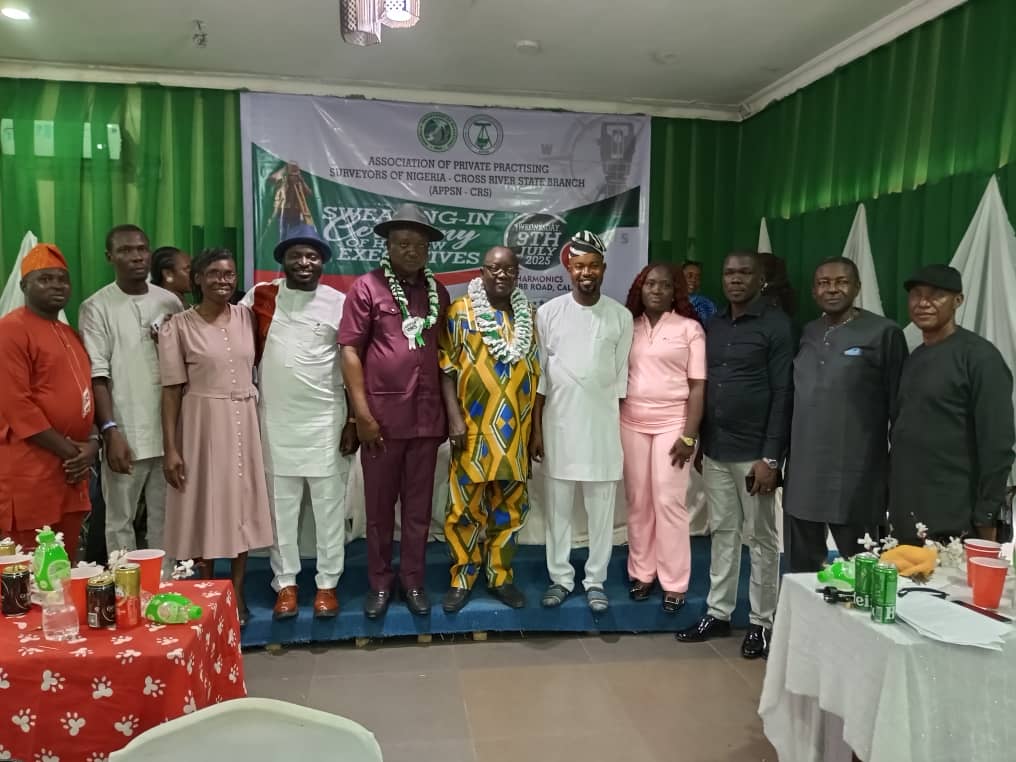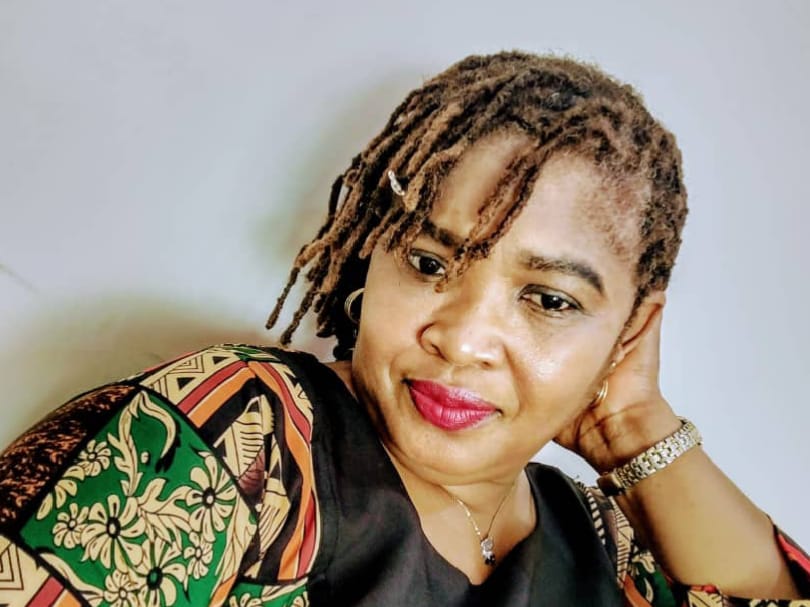The Qassam Brigades, Hamas’s military wing, publishes video on 16 January 2023 purportedly showing Israeli captive Avera Mengistu in a video clip (Screengrab)
Amidst the orchestrated, ceremonial releases of the October 7th Israeli hostages from Gaza during the 42-day ceasefire, we also witnessed the freeing of Avera Mengistu, an Ethiopian-Israeli held captive by Hamas for over a decade. On February 22nd, Mengistu emerged, seemingly disoriented, escorted across the stage by Hamas fighters. We see him dressed in a faded black hoodie pulled up over his head in the rain, clutching his release certificate as he is handed off to a Red Cross vehicle.
The same day, Hisham al-Sayed, a Muslim-Bedouin Israeli civilian who shares a similar story with Mengistu, was also released in a non-public ceremony. Avera and Hisham have both been diagnosed with mental illness and were taken hostage after their separate instances of wandering across the border into Gaza. Avera wandered from his home in Ashkelon and scaled the fence into Gaza in September 2014. A few months later, Hisham wandered across the border at the Erez crossing in April 2015 from Hura village in the Negev after having done so several times and been returned. This time, he did not return.
While their synchronized releases mark a long-awaited miracle for family and community members who have advocated for their wellbeing, both Avera and Hisham’s stories remind of us the tragic reality of the systemic racism, corruption, and brutality of the Zionist state apparatus against its own citizens — in particular the Ethiopian and Bedouin communities, the poor, mentally ill and disabled. The struggle of both families to locate and get justice for their sons seems to have prophesized what would come for the hostages and their families in the aftermath of October 7th: the state’s disinterest in the safety of the hostages, and the coordinated institutional manipulation to keep the public in the dark while committing genocide and ethnic cleansing in Gaza and the West Bank.
I spoke with a member of the Ethiopian Israeli community, P, who wishes to remain anonymous in sharing their thoughts on Avera’s release. They shared stories of Avera’s family history, the long-term struggles of the Ethiopian-Israeli community against systemic racism and discrimination, and the layers of injustice that they continue to face after immigrating to Israel – even when many are practicing ultra-orthodox Jews. They maintain that instead of negotiating Avera’s release in exchange for Palestinian prisoners, the Israeli state did more than simply ignore the case – it overtly silenced the family and covered up his disappearance in the name of “national security.”
Just a few weeks after his disappearance at 28 years old, Avera’s family contacted Pnina Tamano Shata, an Ethiopian parliament member, to try to find out more about his whereabouts – whether there had been military reports around his presence, who may have seen him, or what his status might be. They were concerned with his disappearance because of his depression diagnosis, previous time spent in a mental institution, and other bouts of wandering. In the process of trying to get more information, P says that Israeli authorities threatened the family not to speak about the case. The state enacted a publication ban on the media for almost a year before information was allowed to be released to the wider public.
“In Israel, there’s a tradition of using ‘security reasons’ when it comes to publicizing hostage stories,” says P. “Be quiet. Otherwise, you are raising the price of release and sabotaging the negotiations.” Richard Silverstein, of the blog Tikun Olam: Breaking news on the Israeli national security state, first broke the story under the publication ban in October 2014. In an early report, Silverstein writes: “If the public knew about this, they might demand the state do all in its power to free him — which would certainly include the exchange of Palestinian prisoners.”
The Ethiopian Israeli community, which numbers about 200,000, began to immigrate to Israel legally in masses in the late 1970s. Thousands of Ethiopian Jews, also known as Beta Israel, were airlifted from Ethiopia and Sudan in a series of covert Israeli military operations from 1984-1991. Operations Moses, Joshua, and Solomon are enshrined in Israeli history as the miraculous technological feats of white saviorism, rescuing poor black Jews from war-torn East Africa and whisking them via plane to their new, civilized life in Israel.
Upon arrival, they were transferred to migrant transit camps with poor housing conditions, bad education systems, and little to no effort to integrate them into existing Ashkenazi-dominant Israeli culture. “There are Ashkenazi who came to Israel poor, but the difference is that they could make mobility,” says P. “Other communities didn’t have the freedom of choice regarding where they will live and the state decided for them based on its economic national security interests in Israel’s new occupied territories in its geographical periphery.” While the kibbutzim on the periphery got free land from the state, the people relegated to development towns were bound to public housing system — “This is the circle of poverty that has been passed down for generations.”
The racial dynamics of Israeli society are not simply “black and white.” But Zionism itself was considered a racist ideology by the UN in the 1970s and Israeli society operates on a rigid hierarchy of colorism, even within the Jewish Israeli community. The myth of the Israeli “melting pot” obscures the lived reality of many Ethiopian Jews, Yemeni, Moroccan, Arab or Mizrahi Jews, other black and brown people of Jewish lineage, who are subject to racial discrimination within Israel and the broader Jewish Zionist diaspora. Despite this internal discrimination, Jews of Color are also essential to the existence and functioning of the apartheid state, serving in the military, providing cheap labor to the Ashkenazi ruling class, and in terms of Mizrahim, often having more conservative voting tendencies.
Ethiopian Israelis are disproportionately recruited to serve in the Israeli military. “In order to get out of welfare and do something with your life, you go to the army,” says P, noting that even though service is mandatory, military service is still “a very good option” for lower classes in Israel. “It’s so tragic that this is the answer for young men in Israel who want to get out of the ghetto.” Similar to the U.S. military, which preys on young brown and black people in the school-to-soldier pipeline, Ethiopian Jews are also guaranteed upward mobility if they choose to participate in the occupation. “That’s why in the representation of the Israeli army you see a disproportionate number of brown and black soldiers. The army is also organized according to the racial hierarchy. While the pilot no one sees kills hundreds of Palestinians,” P tells me, “the Ethiopian, Bedouin, and Moroccan soldiers will always appear acting violently toward Palestinians.”
While Hamas maintained that both Avera and Hisham were soldiers, a 2017 Human Rights Watch report confirmed that both held civilian status. Avera was exempted from military service and Hisham was discharged after three months of service, both due to mental illness. The report references their letters of dismissal with them being described in the paperwork as “unfit” or “incompatible” for military service.
In 2015, a viral video of Ethiopian soldier, Demas Fekadeh, being beaten by the Israeli police while wearing his military uniform, put the spotlight on systemic police brutality against Ethiopian Israelis. Protests erupted throughout Israel and several activists were photographed wearing t-shirts bearing Avera Mengistu’s name with a question mark.
In Ashkelon, a city with a majority Mizrahi and large Ethiopian and working class immigrant populations, activists and community members rallied around the family to support their efforts to bring Avera home. Protests, community gatherings, and media coverage once the gag order was lifted helped raise awareness of his situation. Organizations like the Association of Ethiopian Jews advocated for his release, which was promoted on large billboards.
“The Ethiopian community is a demonstrating community. The first demonstration was in late 1970s when they demonstrated to bring their families [to Israel]. And we’re demonstrating since then,” shares P. “Avera Mengistu became one of the sons of the community. He became part of the stories of the people who are brutalized by the police, by the state, by the security forces.”
While some media coverage has addressed Avera’s case in the context of the Black Lives Matter movement and Zionist Israeli racism (see Ramzy Baroud’s A State for Some of Its Citizens: Captured Black Soldier’s Saga Highlights Racism in Israel), the ableist aspect of Zionism that their cases reveal receives little to no attention. In addition to the layers of anti-black, anti-Arab, and anti-poor sentiment, Avera and Hisham were abandoned because they were “incompatible” and deemed unfit for Israeli military service – seemingly the only useful place for a young brown or black person in Zionist society. The families even began to use the hashtag #SpecialNeedsCaptives to raise awareness of the status of their sons as a disability justice issue. This ableism is part and parcel of Zionist racism and eugenicist thinking that has targeted child immigrant populations, such as the disturbing cases of the disappearance of Yemenite children or the mass irradiation of Mizrahi “ringworm children” in the 1950s.
The ongoing displacement of Palestinians from their land also parallels – and can be facilitated by – the displacement of Ethiopian and poor minority communities in Israel. “We are part of this project, this Zionist project, of dispossession of Palestinians in very different ways,” P says, pointing to a complex network of non-profits, religious groups, real estate, and secular groups that work in coordination to displace both Palestinians and the urban poor. From “wealthy Ashkenazi people who want to live on the beach in Jaffa” to the “urban settlers that come and buy buildings to have a Yeshiva,” not all settlers might have religious or political intentions. “When there are Palestinians, they have an agenda to kick them out,” says P, “but they do it generally, also in poor neighborhoods, in Ethiopian neighborhoods.” The Israeli government and networks of settler, religious, and non-profit groups use the relocation of minority Jewish populations to Palestinian areas in efforts to “Judaize” and take over more land. In Dimona, one of the poorest cities in Israel, also the site of the Shimon Perez Negev Nuclear Research Center, local public housing has been given to middle-class students from Israeli cities and kibbutzim coming to the region to study, who are prioritized over local community that has been waiting for years for access to public housing.
Given the overlapping oppression experienced by minority communities in Israel, are Ethiopians and Palestinians in solidarity with each other? P says that the Avera case allowed them to connect more with the Palestinian community, despite growing up without much relation. As they began to understand their shared suffering from police brutality, youth incarceration, and a racist and corrupt judicial system, there were more reasons to interact and support each other’s struggles. But Zionist indoctrination keeps the communities from having any kind of special solidarity — “There are people that are more empathetic and there are people, like most Israeli society, that root their hatred in the religious story, an entitlement to the land, and ignorance.”
The world is witnessing the brutal end of Zionism and the misguided fantasy of a Jewish-only state. A state that collapses Jewishness into a monolith and is based on the exploitation of other Jews and Palestinians has never been, and will never be, democratic. It is coming to an awful, revolting, heartbreaking end, and it’s still not over. Avera, along with all other released hostages, especially the Palestinian prisoners who have been brutally tortured and held in horrifying conditions, some incarcerated for decades, will require full-time professional health support, therapy, and care to reintegrate into their communities. “The road is still long – rehabilitation requires time, patience, and support,” said Avera’s brother, Ilan Mengistu, in a joint press conference with Hisham’s father.
The families’ struggles against the corrupt, collapsing Zionist state continue. The world should be attuned to the lives of Avera and Hisham, as the oppression of their communities continues to be weaponized for the ongoing dispossession, oppression, ethnic cleansing, and genocide of the Palestinian people. Avera and Hisham’s existence reminds us of the layers of injustice upon injustice that make up the reality of Zionist apartheid. Their stories — tragic, entangled, human — demand our recommitment to bring an immediate end to racist, ableist, colonialist Zionist thinking in all of our communities.
© Counter Punch




